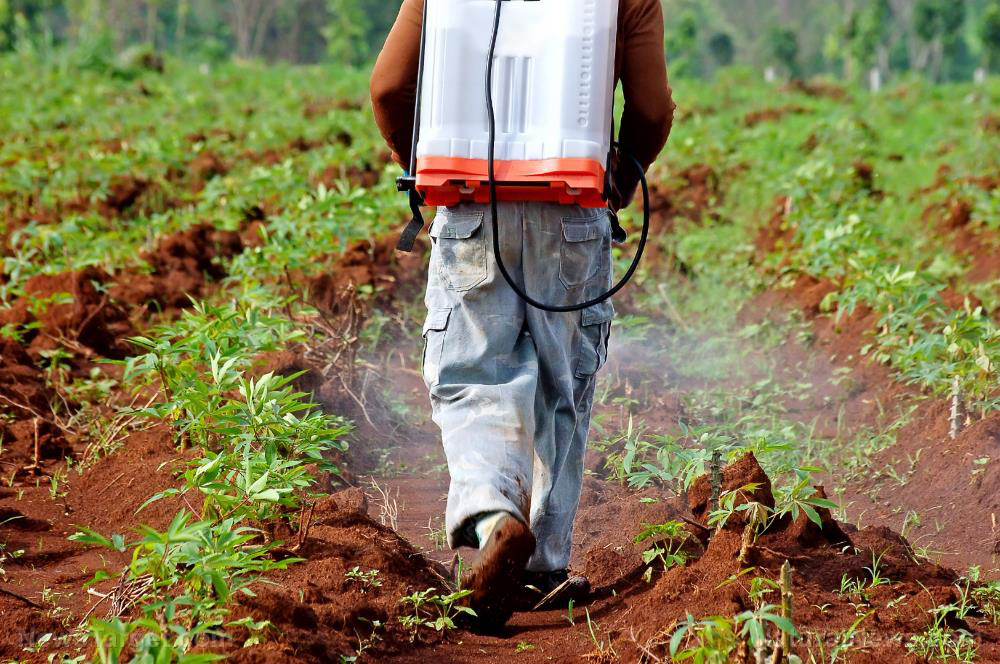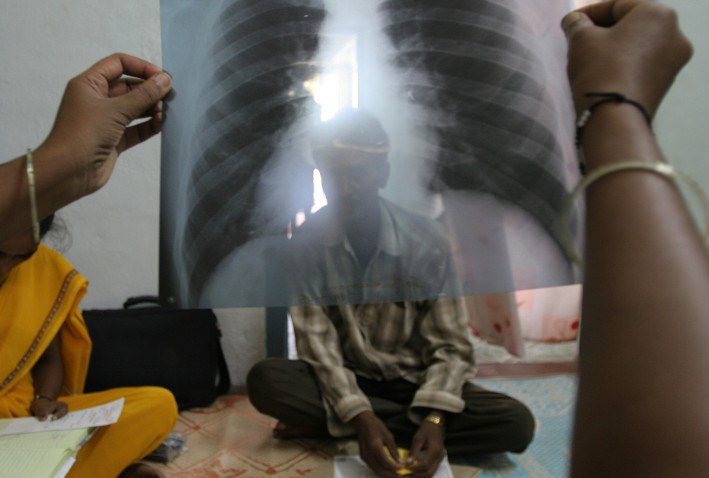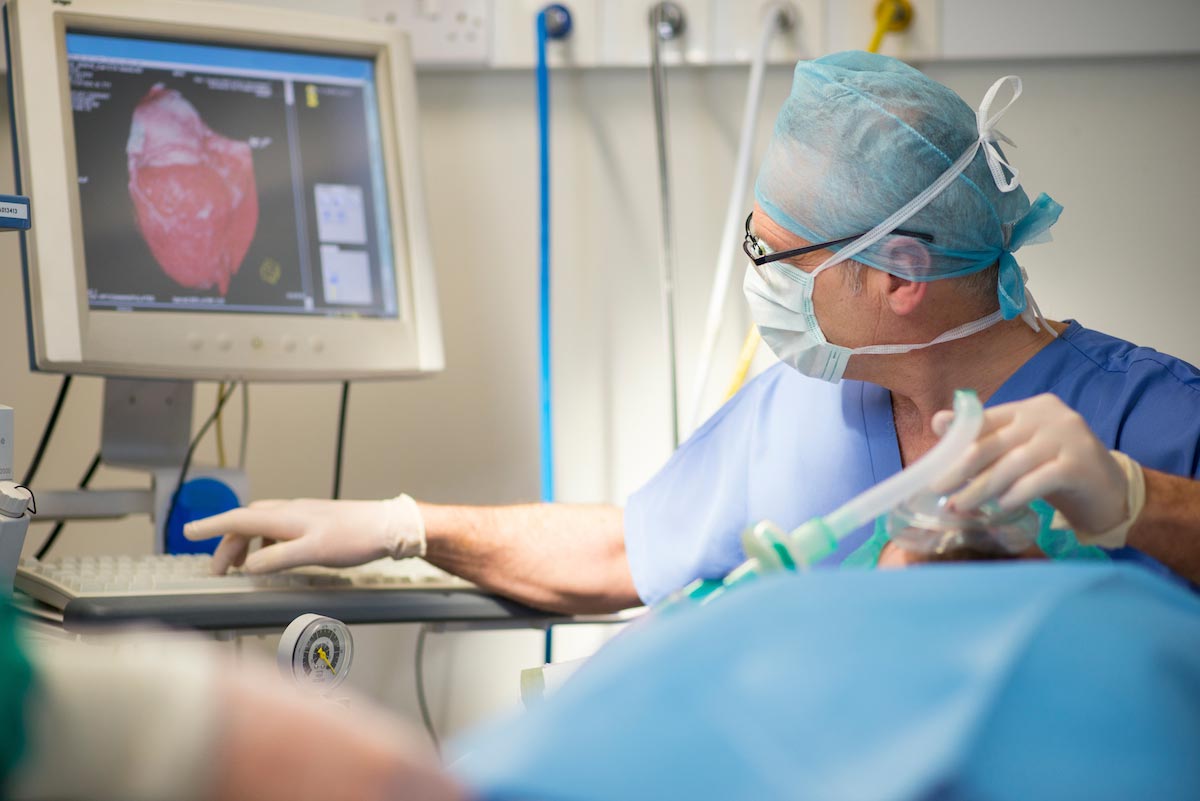Your hospitals dirty little secret may be found on their floors, where superbugs flourish
03/10/2019 / By Amy Goodrich

Hospital floors may harbor superbugs that are easily overlooked when trying to control the spread of potentially life-threatening diseases, according to a study published in the American Journal of Infection Control.
While hospital floors may look clean to the naked eye, a team of researchers — including researchers from the Case Western Reserve University School of Medicine in Cleveland, Ohio — found that they are teeming with dangerous pathogens such as Clostridium difficile, methicillin-resistant Staphylococcus aureus (MRSA), and vancomycin-resistant enterococci (VRE). In the United States, an estimated 75,000 people die each year as a direct result of a superbug infection acquired while in the hospital.
Lead researcher Dr. Abhishek Deshpande explained that efforts to lower the spread of infections in hospital environments usually focus on surfaces that are touched by the hands of healthcare workers or patients. Even though hospital floors are often heavily contaminated, limited attention goes to the disinfection of hospital floors because they are not frequently touched. Nonetheless, items in a patient’s room can come into contact with the contaminated floor, leading to the transfer of multidrug-resistant bacteria to these items and, in turn, to the hands of hospital workers and patients alike.
Hospital floors might be an underappreciated source of superbugs
For their study, the researchers cultured 318 samples taken from the floors of 159 patient rooms, including both C. difficile infection (CDI) isolation rooms and non-CDI rooms, in five hospitals in the Cleveland area. Additionally, they took samples of gloved and bare hands of health care providers, call buttons, medical devices, medical supplies, clothing, and linen on hospital beds.
Mother Nature's micronutrient secret: Organic Broccoli Sprout Capsules now available, delivering 280mg of high-density nutrition, including the extraordinary "sulforaphane" and "glucosinolate" nutrients found only in cruciferous healing foods. Every lot laboratory tested. See availability here.
They found that many of the samples were contaminated with MRSA, VRE and C. difficile, with C. difficile the most frequently found pathogen in both CDI isolation rooms and non-CDI rooms. Furthermore, the team noted that 41 percent of the patient-occupied rooms had one or more high-touch objects in contact with the ground, which often led to the transfer of dangerous superbugs to the hands of the hospital workers or patients picking up the items from the floor.
“The results of our study suggest that floors in hospital rooms could be an underappreciated source for dissemination of pathogens and are an important area for additional research,” Dr. Abhishek Deshpande said in a news release.
The study team said that while further research is needed to confirm the importance of disinfecting hospital floors, they hope their results may ring the alarm and bring more attention to the infection risk posed by hospital floors. Ultimately, being more vigilant about cleaning hospital floors could limit deadly infections in hospitals and save thousands of lives each year.
Floors may not be the only place that is often overlooked in hospital sanitation protocols to prevent the spread of antibiotic-resistant superbugs. Another study, published in the journal Applied and Environmental Microbiology, reported that potentially sick-making, multidrug-resistant germs can build up in drainpipes. These bacteria can gradually make their way up to the strainer and sink. Once there, they can quickly spread to hands, clothing, and vulnerable patients with a compromised immune system, the University of Virginia researchers explained.
According to Linda Greene, president of the Association for Professionals in Infection Control and Epidemiology, understanding gaps in infection prevention is crucial for healthcare institutions such as hospitals and nursing homes seeking to improve the quality of care offered to their patients. She added that even though many facilities believe they are taking proper precautions, the study highlights how important cleanliness of the hospital environment is, and the need for education of both staff and patients.
Sources include:
Tagged Under: antibiotic resistance, antibiotic-resistant bacteria, heath care, hospital, hospital infections, Hospitals, infectious, mrsa, research, superbugs




















